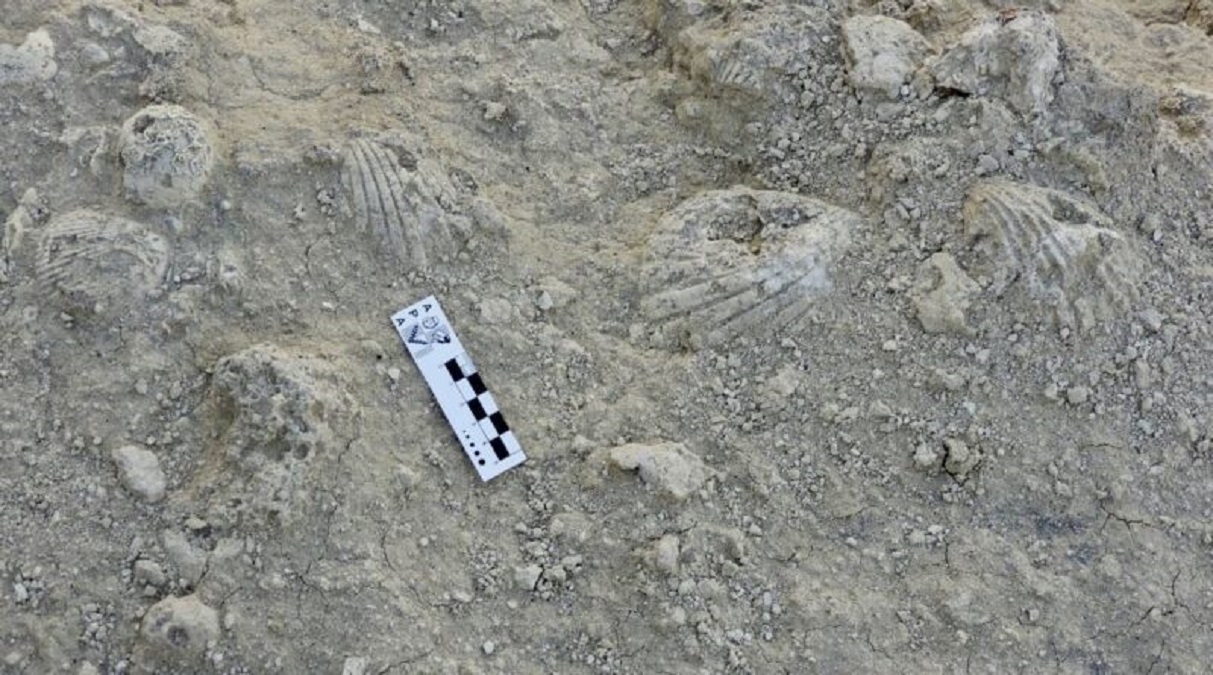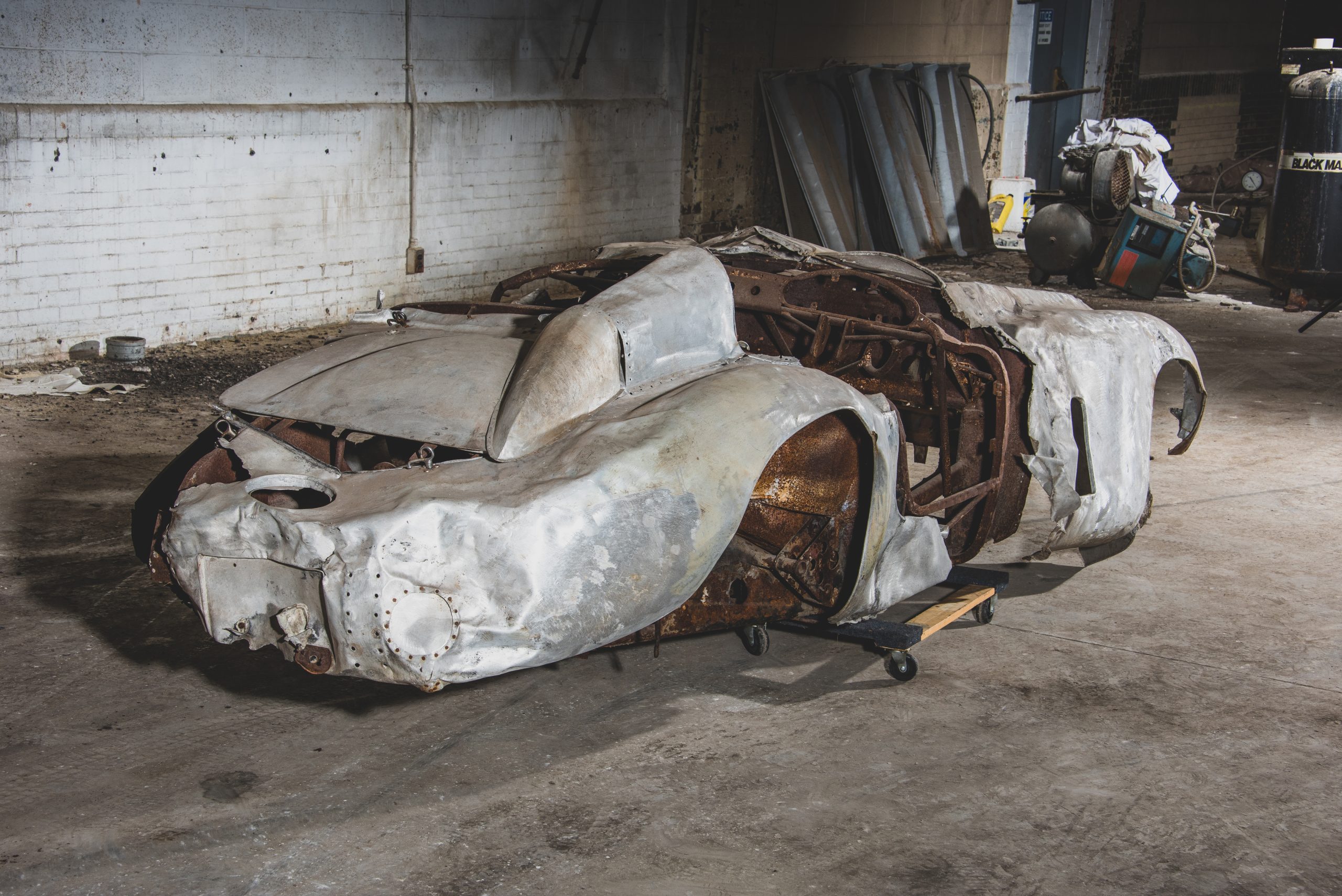In a fascinating tribute, archaeologists have chosen to name a recently unearthed fossil after football icon Lionel Messi.
The fossil belongs to a species of brachiopod, a type of mollusc, that existed approximately 20 million years ago.
Named Discinisca Messii, in homage to the 2022 World Cup winner, it was discovered in Playa Isla Escondida, a coastal town located around 30 miles south of Rawson, Argentina.
Messi, aged 35 and rumoured to join Inter Miami in the US, is widely regarded as one of the greatest footballers of all time, particularly following Argentina’s World Cup triumph in Qatar.
Scientists from the National Scientific and Technical Research Council, affiliated with the Patagonian Institute of Geology and Palaeontology in Puerto Madryn, Argentina, made the significant finding.

Damián Pérez, one of the study authors, explained, “The research was conducted in 2022, and we submitted the final version on 20th December, just as we were witnessing the arrival of the Argentine players in the country with the World Cup. When discussing the name, my colleagues and I unanimously agreed on it. As far as I know, this is the first-ever fossil named after Messi.”
The Discinisca Messii fossil measures approximately 2.5 cm in length and is believed to have been a filter feeder, consuming small microorganisms like diatoms and other planktonic organisms.
Pérez noted that the mollusc inhabited the northeast region of Chubut Province.
The study, authored by Pérez and his colleagues Nicolás Farroni, Aylén Allende Mosquera, and José Cuitiño, was published in the peer-reviewed journal Ameghiniana.
Additionally, researchers discovered a second prehistoric brachiopod species in the same area, which also has football-related connotations.

This fossil was named Discinisca porvenir, paying tribute to Club El Porvenir, a football club located in Pérez’s hometown of Gerli, Buenos Aires Province, of which he is an ardent supporter.
Pérez explained, “Both species belong to an extremely rare group of invertebrates, with very few living specimens today and even fewer fossil records. They are small brachiopods measuring two to three centimetres, with phosphatic shells resembling glass, which caught our attention. We concluded that they belong to the Discinids group, specifically the genus Discinisca, which lived like limpets and attached themselves to rocks similar to modern-day mussels.”
Discinisca porvenir was discovered near the town of Gaiman, at Bryn Gwyn.
Pérez further remarked, “Today, these invertebrates inhabit much warmer regions such as Peru, northern Chile, and the Caribbean. This indicates that the Trelew, Gaiman, and Puerto Madryn areas, in addition to being underwater during that time, had higher temperatures than today. By naming one of the species Messi, we can discuss brachiopods from 20 million years ago and shed light on the fauna of that era while expressing gratitude to the person who has brought us so much joy.”
Presently, around 450 living species of brachiopods exist worldwide.
Previously, another celebrated Argentine footballer, Diego Maradona, had a wasp named Anaphes Maradonae and a fossilized dragonfly named Librelula Maradoniana in his honour.






